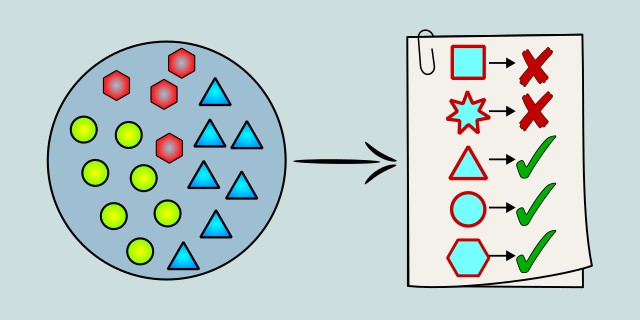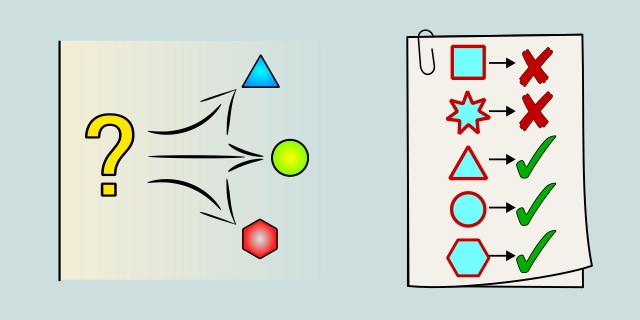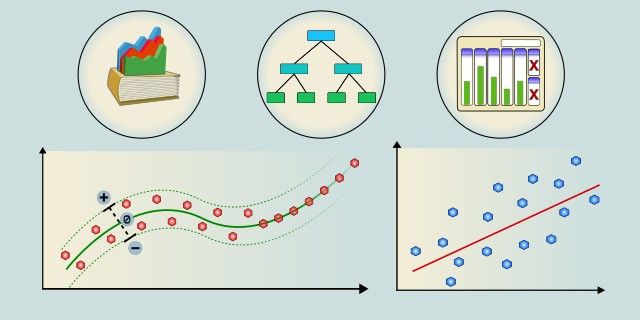Supervised Learning
Supervised learning is a type of machine learning where the model is trained on labeled data. The algorithm learns to map input features to output labels, allowing it to make predictions on new, unseen data.

What kind of prediction do you need to make?
Are you predicting a category or a continuous numerical value?
Tips:
- If you need to assign your data to specific categories, choose Classification.
- If you need to predict a continuous number, choose Regression.
Classification

Classification is a type of supervised learning where the model learns to assign labels to instances based on their features. It is used when the output variable is categorical, meaning it can take on a limited number of values, such as 'spam' or 'not spam', 'cat' or 'dog', etc.
Classification is a type of supervised learning where the goal is to assign input data into predefined categories or classes. It involves training a model on labeled examples so it can predict the correct category for new, unseen instances. Classification can be binary (two possible outcomes), multi-class (more than two categories), or multi-label (multiple categories simultaneously). It is one of the most commonly used tasks in machine learning, with applications ranging from spam detection to medical diagnostics. Classification models often rely on probability, decision boundaries, or neural architectures to make accurate predictions.
Use Case Examples:
- Email Spam Detection: Classifying emails as spam or not spam.
- Sentiment Analysis: Classifying text as positive, negative, or neutral.
- Customer Segmentation: Grouping users into buyer types based on behavior.
- Fraud Detection: Classifying transactions as fraudulent or legitimate.
- Voice Command Recognition: Identifying spoken commands like "play", "pause", or "stop".
Regression

Regression is a type of supervised learning where the model learns to predict continuous values based on input features. It is used when the output variable is numerical, such as predicting house prices, stock prices, or temperature.
Regression is a supervised learning task used to predict continuous numerical values based on input features. Unlike classification, which outputs discrete labels, regression focuses on estimating quantities such as prices, probabilities, or physical measurements. The most common type is linear regression, which assumes a straight-line relationship between inputs and outputs, but many real-world problems require more complex, non-linear models. Regression is foundational in fields such as finance, economics, and environmental modeling. Proper feature selection, normalization, and evaluation metrics like RMSE or MAE are key to building effective regression models.
Use Case Examples:
- House Price Prediction: Estimating the price of a home based on its size, location, and features.
- Stock Market Forecasting: Predicting future stock prices using historical trends and indicators.
- Weather Prediction: Estimating future temperature or rainfall based on meteorological data.
- Sales Forecasting: Predicting future product demand using seasonal patterns and marketing activity.
- Battery Life Estimation: Predicting remaining battery charge time based on usage and device characteristics.
Feedback & Sharing
Give us your thoughts on this page, or share it with others who may find it useful.
Feedback
Found this helpful? Let me know what you think or suggest improvements 👉 Contact me.